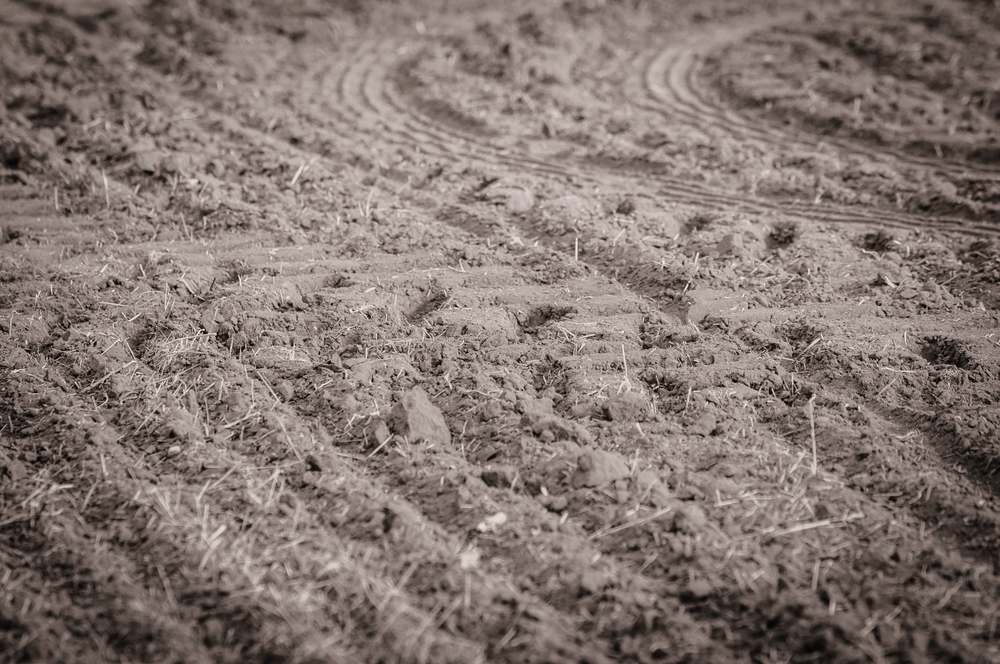With drought conditions rivaling those experienced in 2015, there are expectations for further agricultural land fallowing this year. As of April 13, the California Department of Water Resources (DWR) shows the statewide snowpack at just 23 percent of average. DWR Director Karla Nemeth noted that California’s current water situation has created some difficult circumstances for both rural and urban areas. Water allocations have been drastically curtailed with more action expected in the coming months to affect urban water users as well.

“Agriculture is getting cut back and there are many agricultural users particularly in the Central Valley that will get nothing from their water contracts. How that expresses itself is significant fallowing,” Nemeth said at the latest manual snow survey at Phillips Station. “We do anticipate that we will see much more significant land fallowing this year in California than we did last year and that’s how cuts to agriculture manifest itself.”
According to a report compiled by researchers at UC Merced and the Public Policy Institute of California, drought conditions resulted in nearly 400,000 acres of irrigated farmland being fallowed last year. The report does not account for impacts of the Sustainable Groundwater Management Act, or the ongoing supply chain issues and increased costs of fertilizer and fuel. With water storage levels well below average heading into summer, land fallowing may surpass last year’s acreage. California has experienced consecutive dry years immediately following one of the wettest years on record. The drastic shift in precipitation has reinvigorated support for additional water storage to help the state better prepare for and manage instances of drought.
“What we see here today is actually very evocative of 2015 which was California’s last big drought,” Nemeth explained. “There is growing evidence that suggests that perhaps this drought is actually a continuation of that very dry period we experienced several years ago. But what’s also happening are real climate extremes here in California.”









